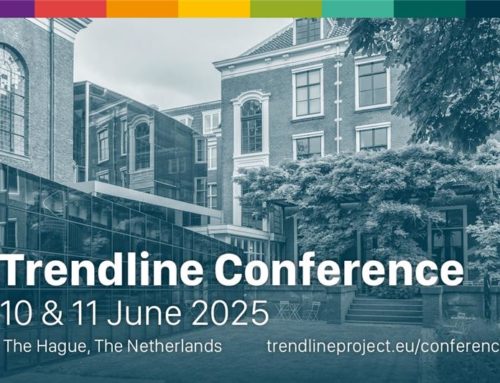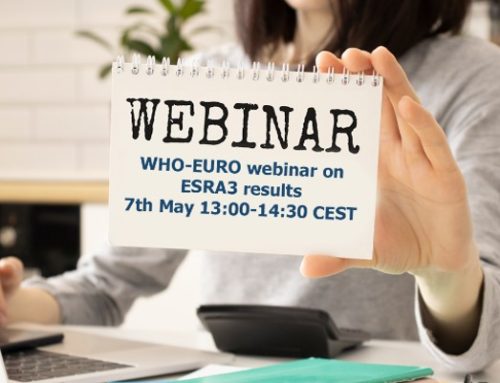
A paper titled “Analysis of mobile phone use engagement during naturalistic driving through explainable imbalanced machine learning” authored by Apostolos Ziakopoulos, Armira Kontaxi and George Yannis has been published in Accident Analysis and Prevention. Results indicate that the decision of drivers to use a mobile phone while driving is governed by a number of complex, non-linear relationships. Total trip distance is the most significant predictor variable by a wide margin, with mean SHAP values of 0.79 towards affecting the model decisions for the probability of mobile phone use of each driver. Fuel consumption had a particularly strong non-linear effect, as higher values of this variable lead to both higher and lower probability of drivers using a mobile phone, deviating from the safer average. ![]()

















































































































































































